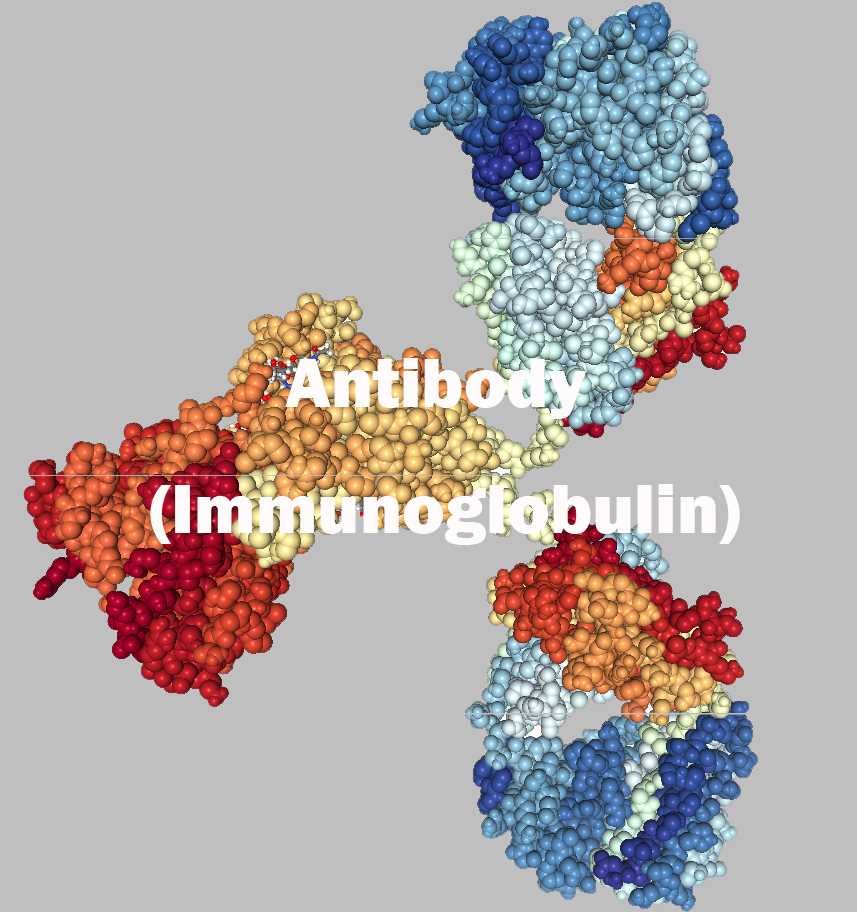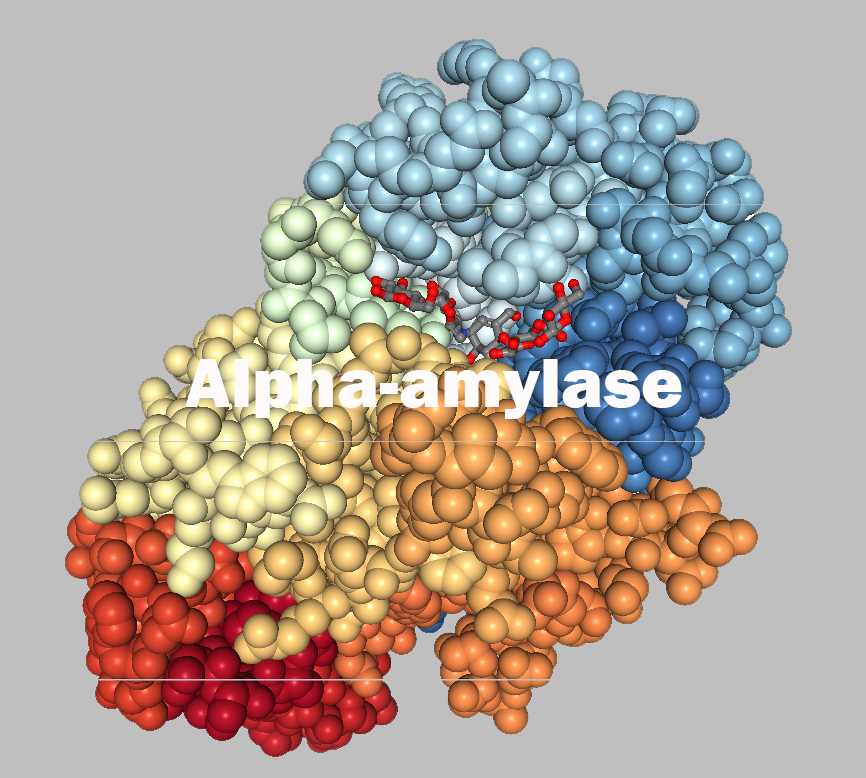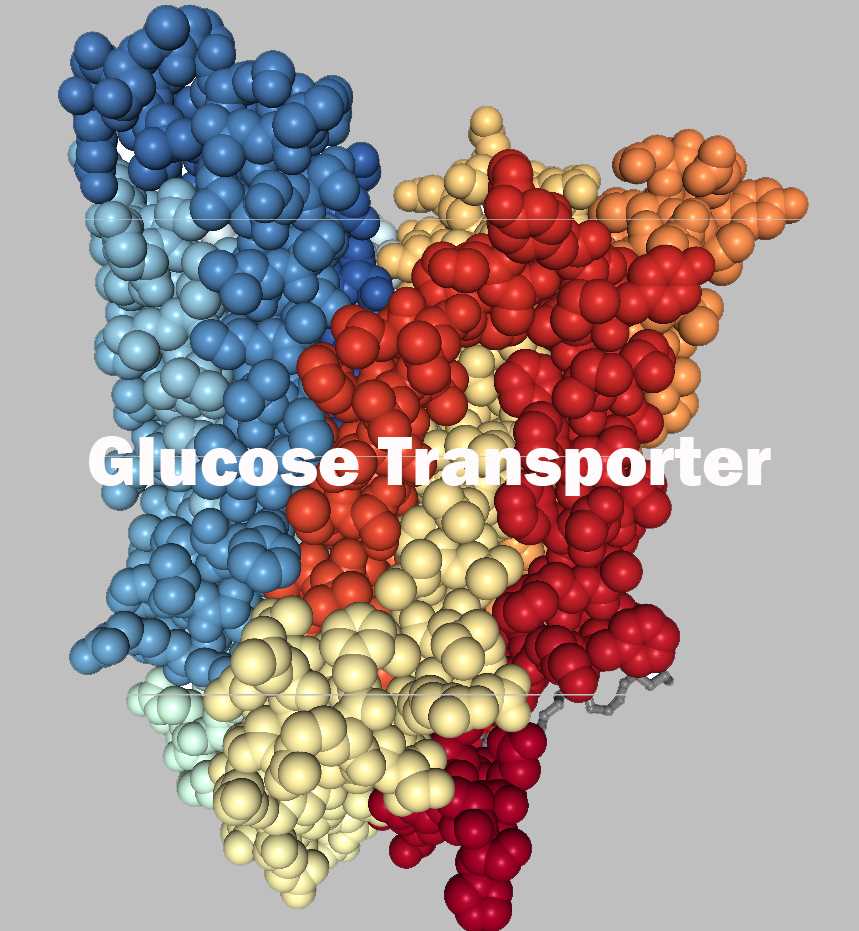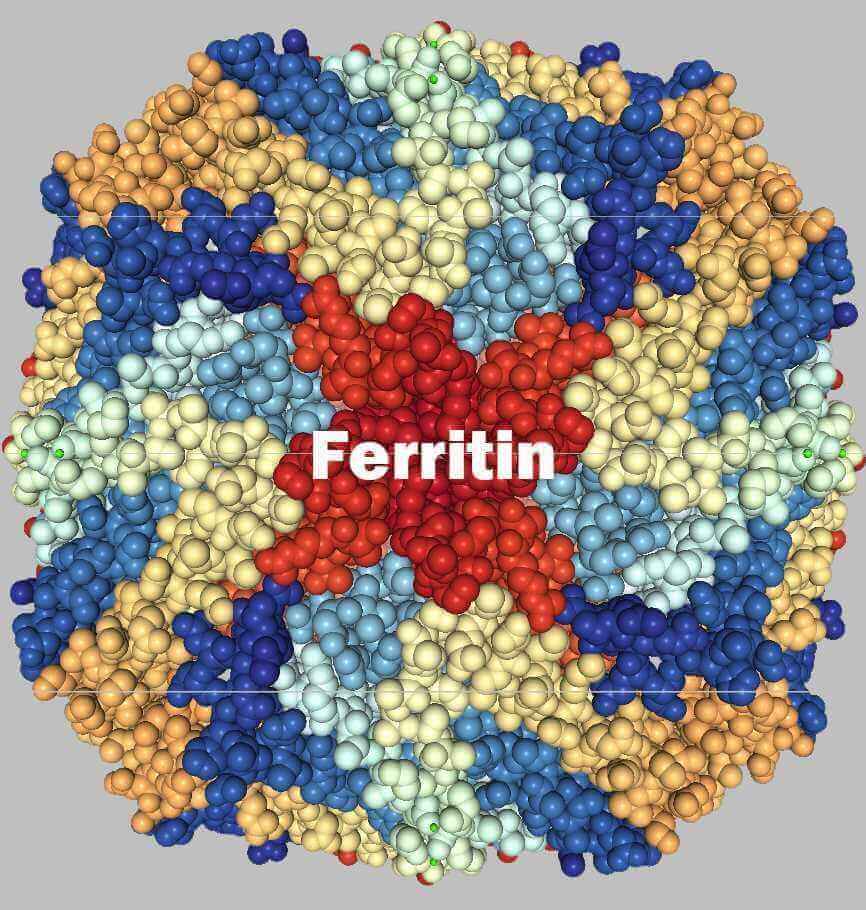Protein Structure
The structure of a protein is very significant to its function. To understand how a protein molecule forms its final conformation, we need to understand the four structural levels of proteins: primary structure, secondary structure, tertiary structure, and tertiary structure.
In addition to carbohydrates, lipids, and nucleic acids, proteins are one of four different types of biomacromolecules. Protein is a large and complex molecule that plays many crucial roles in the body, including building and repairing tissues, acting as enzymes, helping the immune system, acting as hormones, etc.
An active protein molecule not only has a specific amino acid sequence, but also has a three-dimensional structure determined by the specific amino acid sequence. In order to be able to perform their biological functions, proteins are folded into one or more specific spatial conformations driven by multiple non-covalent interactions such as hydrogen bonding, ionic interactions, van der Waals forces, and hydrophobic interaction. Proteins usually undergo reversible structural changes when performing their biological functions. Alternative structures of the same protein are referred to as different conformations, and the transition between them is termed conformational change.
|
|
|
|
|
Defense Antibodies can bind specific exogenous antigens such as viruses and bacteria to help protect the body. |
Communication Some types of hormones transmit signals to coordinate biological processes between different cells, tissues, and organs. |
Enzyme Enzymes almost complete thousands of biochemical reactions occurring in cells. |
|
|
|
|
|
Transport These proteins mediate the exchange of substances and signals inside and outside the membrane. |
Storage These proteins bind and carry atoms and small molecules within the cell and throughout the body. |
Structure These proteins provide structural support to cells and participate in the formation of various tissues and organs. |
Why is it important to study protein structure?
As described above, the structural arrangement of protein molecules will vary depending on their function. If the integrity of the three-dimensional structure of the protein is disturbed, the biological activity will also change. Sometimes even slight damage can lead to a total loss of biological activity. Therefore, the biological function of proteins is closely related to their three-dimensional structure.
The three-dimensional structures of protein and protein complexes provide insight into the laws of life and the mechanisms of disease, allowing for the rational design of novel diagnostic and therapeutic agents. To understand the function of proteins at the molecular level, it is often necessary to determine their three-dimensional structure. This is the subject of structural biology, which exploits techniques such as X-ray crystallography, NMR spectroscopy, and cryo-electron microscopy to determine the structure of proteins.
| Topic | Description |
|---|---|
| Levels of Protein Structure | To understand how a protein molecule forms its final conformation, we need to understand the four structural levels of proteins: primary structure, secondary structure, tertiary structure, and tertiary structure. |
| Amino Acid Properties and Structure | Amino acid definition, the properties and structure of the 20 amino acids making up a protein (including M.W., pI, pKa, NH2, pKa, COOH, pK(R), Solubility, Formula/ Structure and 3D Structure), amino acid classification, and mechanism of amino acid linkage. |
| Protein Synthesis | Explore the complex process of protein synthesis, including transcription, translation, and the role of ribosomes in protein assembly. |
| Protein Stability and Dynamics | From two aspects of the flexibility of local active sites and the overall conformational diversity of proteins, it shows that proteins have strong adaptability and can "evolve" new functions and structures. |
| Protein-Protein Interaction | A detailed introduction of common research methods and techniques of protein-protein interaction. |
| Protein-Ligand Interaction | ITC, one of the fastest-growing technologies in protein science research in the past decades, can help researchers get an in-depth understanding of the molecular basis of protein-ligand interactions. |
| Protein Function | Protein function is intricately tied to its three-dimensional structure, which governs its ability to interact with other biomolecules and perform specific biological functions. Understanding this structure-function relationship provides insights into cellular processes and aids in drug discovery and biotechnology. |
| Protein Folding | Protein folding is the process by which a protein assumes its functional three-dimensional structure, critical for its biological activity. Exploring folding pathways and mechanisms uncovers how proteins attain their structures and offers valuable insights into disorders resulting from misfolding. |
| Post-Translational Modifications | PTMs are chemical modifications that play a key role in functional proteomics by regulating activity, localization, and interaction with other cellular components. Learn more about the types of PTMs, their physiological roles, and how to study them. |
| Protein Phosphorylation | Protein phosphorylation is a reversible post-translational modification that regulates protein activity, signaling pathways, and cellular functions by adding a phosphate group to specific residues. Studying phosphorylation provides insights into conformational changes and dynamic interactions critical for understanding cell signaling and designing targeted therapeutics. |
| Protein Glycosylation | Glycosylation is one of the most common PTMs involving the addition of carbohydrate groups to specific amino acid residues, affecting protein folding, stability, and cellular recognition. This modification plays an important role in cell signaling, immune response, and intercellular communication. |
Creative Biostructure is specialized in the field of structural biology, and we provide contract services for the structural analysis of proteins of your interest.






